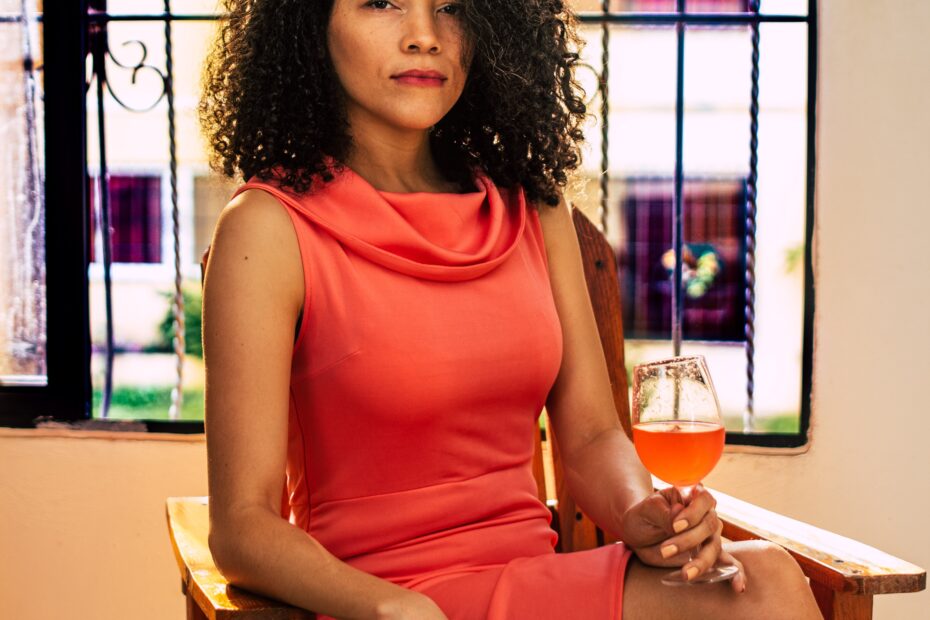There is something special about orange wines that makes them a fascinating choice at any time of year. They uniquely combine the refreshing nature of white wines with the structure of red wines. The intense colour exhibited by a glass of orange wine can brighten any moment and create a calming atmosphere. In recent years, these wines have gained a steadily growing following, even among the most sceptical and traditional wine lovers. Let's delve deeper into this special kind of wine that unites wine cultures and traditions. Perhaps along the way we will discover more about the appeal of these remarkable wines...
Origin of the Orange Wine
The name "Orange Wine" was first used in 2004 by wine merchant David Harvey when tasting some of them in Italy. He may have named them, but he did not invent them, nor was Italy their country of origin...
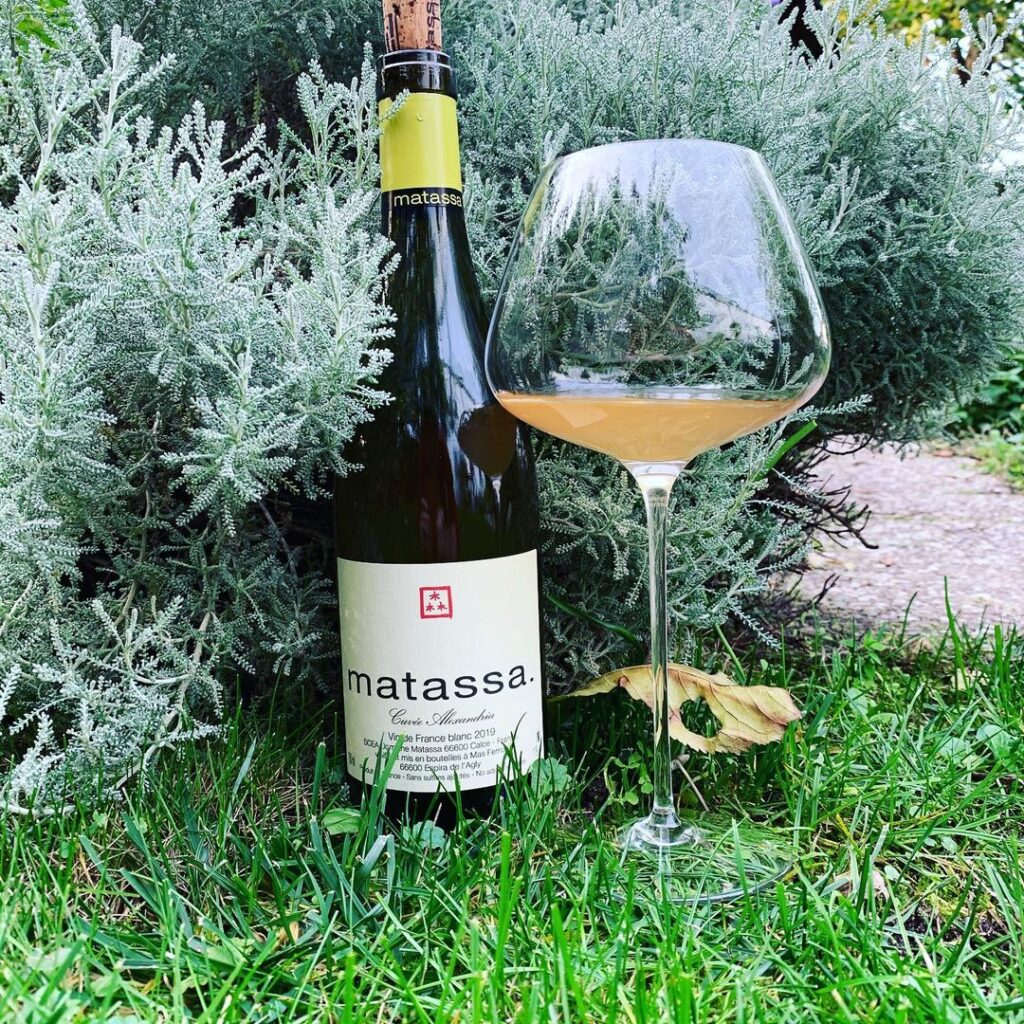
First, how do we make orange wine? The deep, intense colour comes from long contact with the skins during the maceration of white grapes. We basically use the same system as for making red wine, but with white grapes. The juice can usually stay in contact with the skins (and sometimes also with the seeds and even rape of the grapes) for a week to a year. This variation determines not only the intensity of the colour (due to the pigments) but also the substances extracted: more or less intense aromas and subtle or grainy tannins.
Another important part of the process of making Orange wines is the container in which they macerate (and eventually mature): Probably the best known of the Qvevri, a kind of large amphora that is often buried in the ground. ( Here you can read more About amphorae read up. ) However, winemakers can also use wooden barrels, stainless steel tanks, concrete or glass containers... In most cases, they prefer containers with one open side to regularly push down the skins floating on the surface of the must and thus prevent microbial problems.
Georgia: The home of orange wine
Having already mentioned Qvevri, it's time to travel to the region widely recognised as the home of orange wines: Georgia. I will never be able to emphasise enough how much wine is linked to social and political change, and Georgia's wine history is the perfect example. The production of wine in the region, where grapes, skins and seeds are fermented together in buried qvevris for nine months, has been known since at least 6,000 BC. The first threat to this great tradition were German immigrants who brought the "European" style of winemaking with them in the 19th century.
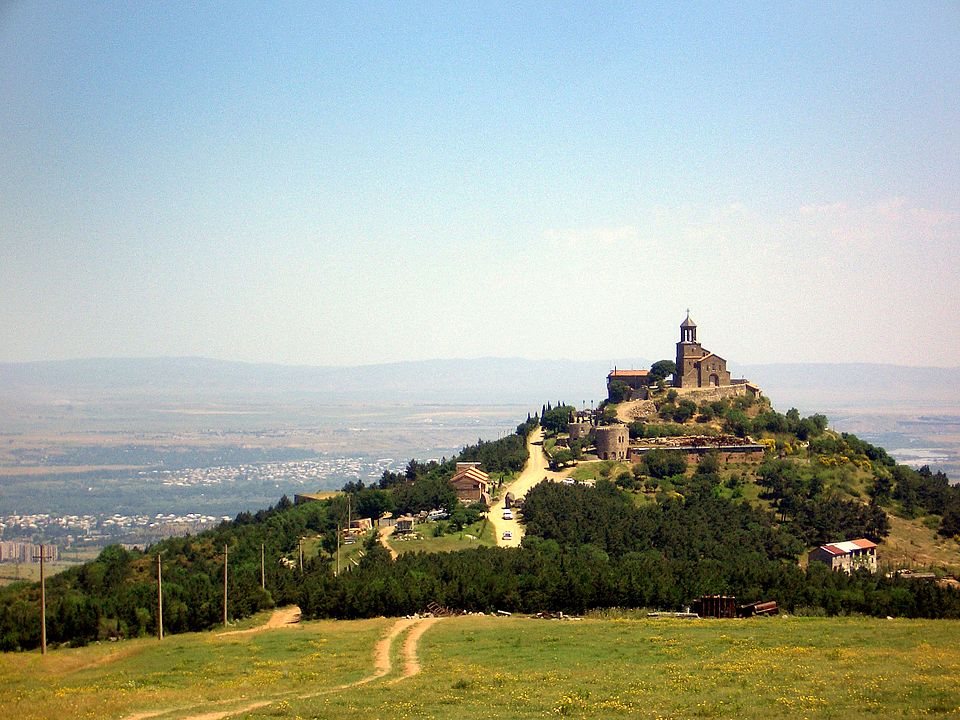
In many places, qvevris were replaced by wooden barrels and the classic maceration of white grapes was abandoned. What almost wiped out Georgia's wine heritage, however, was the Soviet Union's rule in the 20th century. The industrialisation of every wine-making process to meet consumer demand favoured quantity over quality. Very little of Georgia's traditional winemaking was left. Fortunately, in the late 1990s/early 2000s, some foreigners still discovered some producers using the traditional method.
This was the beginning of a movement that turned another region with a very complicated history into a kind of "second home" for Orange wines: Friuli, specifically the region known as Collio well-known area, and the "cousin" Goriška Brda on the Slovenian side. It would take another newsletter just to talk about the amount of producers from this area and how they have influenced modern orange wine production. Just to name two, probably Joško Gravner and Stanko Radikon always be remembered for their contribution. Gravner and Radikon brought Georgian amphorae to Friuli and became the ninth prophets of mash-fermented white wines.
Let's turn orange!
Orange wines are now made in many other regions outside their countries of origin, Georgia and Northern Italy. Here at Living Wines we have selected two very different wineries in style and outcome from Sicily and Austria. They show you how this ancient technique has evolved over time.
Marco de Bartoli, Sicily
Marco de Bartoli is a name that comes up frequently not only in this newsletter, but in any discussion of Sicilian wine in general. Try a glass of his iconic Vecchio Samperi at the end of your meal or perhaps an aperitif with its slightly oxidised Terzavia Cuvée VS and you will immediately understand why we like it so much!
But today we are at his Integer Grillo Sicilia one of the two orange wines produced by the winery. "Integer" is the Latin word for "whole", "untouched" and perfectly reflects the philosophy behind this wine. The Integer Grillo Sicilia DOC is made only from Grillo, an indigenous Sicilian variety from Contrada Samperi, a plot of land just outside Marsala that is over 20 years old. The field is treated with the least possible intervention and the same applies to the cellar: spontaneous fermentation in contact with the skins in used barrels and amphorae and bottling after ten months on fine lees without filtration and clarification.
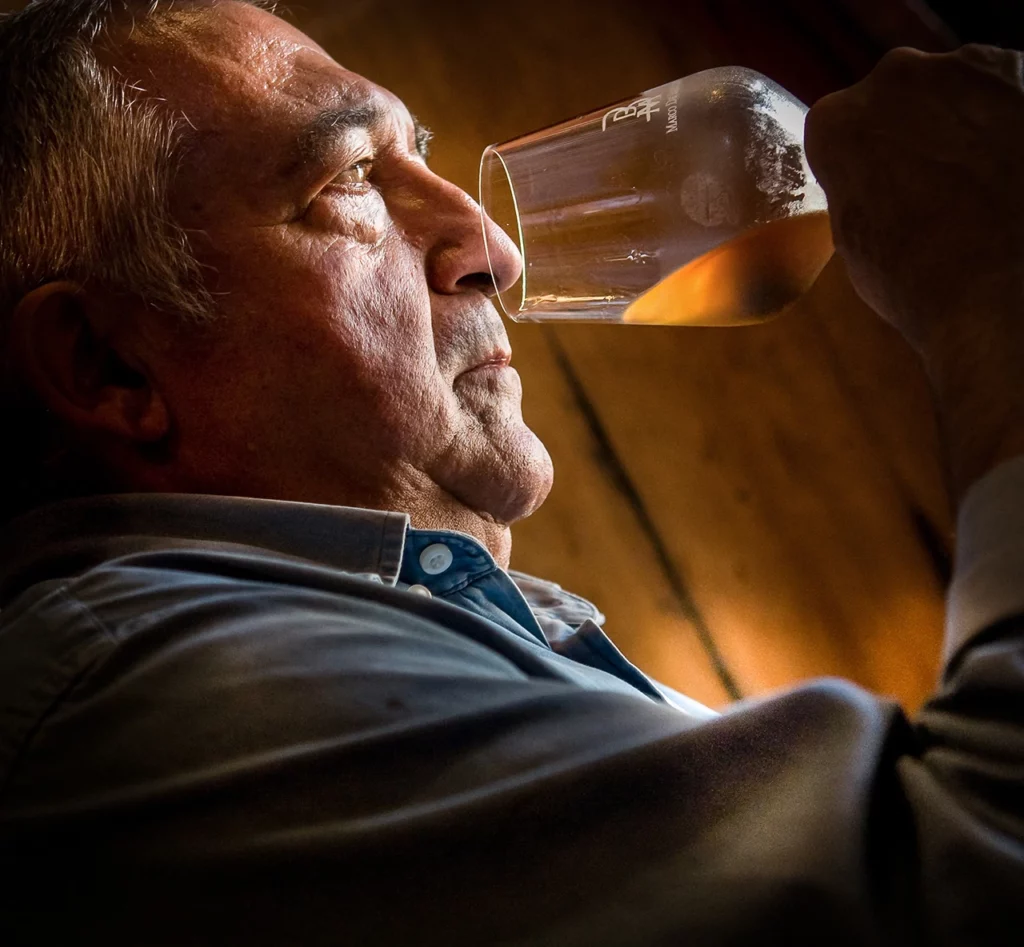
The result is a great introduction to the world of orange wines. The citrus notes typical of Grillo are followed by dried orange peel and subtle oxidative notes. On the palate, the polished tannins appear from the skin contact and create the texture for (again) some fresh citrus notes, pleasant bitterness and a distinct salty note.
We recommend drinking it between 13° and 16°, accompanied by flavourful cuisine.
Heinrich, Burgenland
Let's go to Austria: Heinrich is a fairly well-known name in the Natural Wine movement and a winery that has shaken up the Austrian wine world.
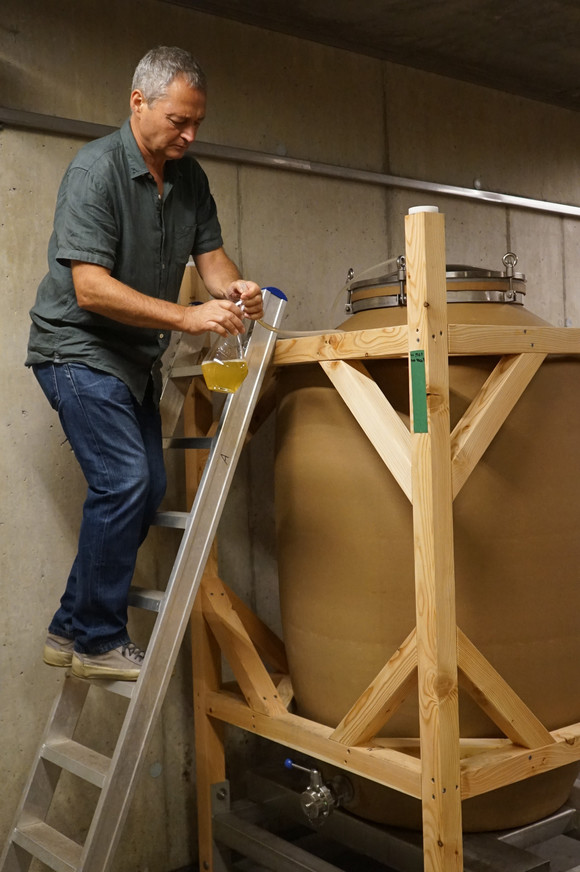
"Shaking things up" is also what she does with her Nutmeg Freyhei suggest... it's on the back of the bottle, you can easily check! A completely different example of orange wine, somehow at the other end of the spectrum from the Integer Grillo. Muscat Freyheit shows up in the glass with a bright, hazy yellow. The colour is partly due to 15 days of skin contact and partly due to the decision to bottle it unfiltered (shaking the wine will move sediment and create a more balanced experience across the bottle). Between maceration and bottling, the wine spends nine months in the amphora.
The vineyards are farmed according to biodynamic rules and the grapes are harvested by hand. Similar to de Bartoli, we see the choice for low intervention in every aspect of the process.
In this case, the light tannin structure resulting from skin contact ideally complements the fresh and perfectly integrated acidity. If the nose is a wonderful bouquet of white flowers (jasmine, lime, orchid...), the palate reveals a clean, fresh wine with a long-lasting finish on citrus and spicy notes. Be creative with your food pairing, this is a wine that can take some experimental cooking!
Have fun discovering this exciting new old wine colour.
Here you will find the entire Orange Wine Assortment
from Living Wines
Text: Jonathan Gobbi
Photo Credits:
Matassa bottle: Mitya Taits
Shavnabada Monastery: By Paata Vardanashvili from Tbilisi, Georgia - Shavnabada, CC BY 2.0, https://commons.wikimedia.org/w/index.php?curid=3239201
Gernot Heinrich: Heinrich Winery

